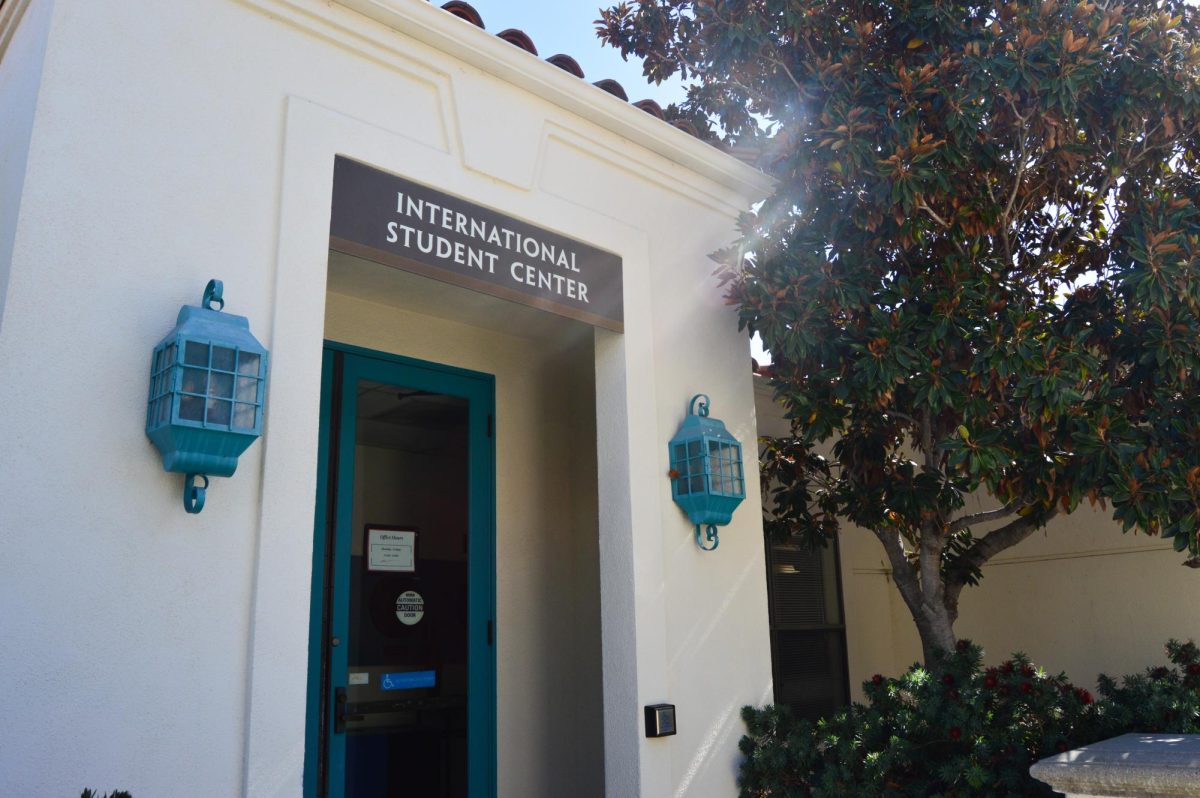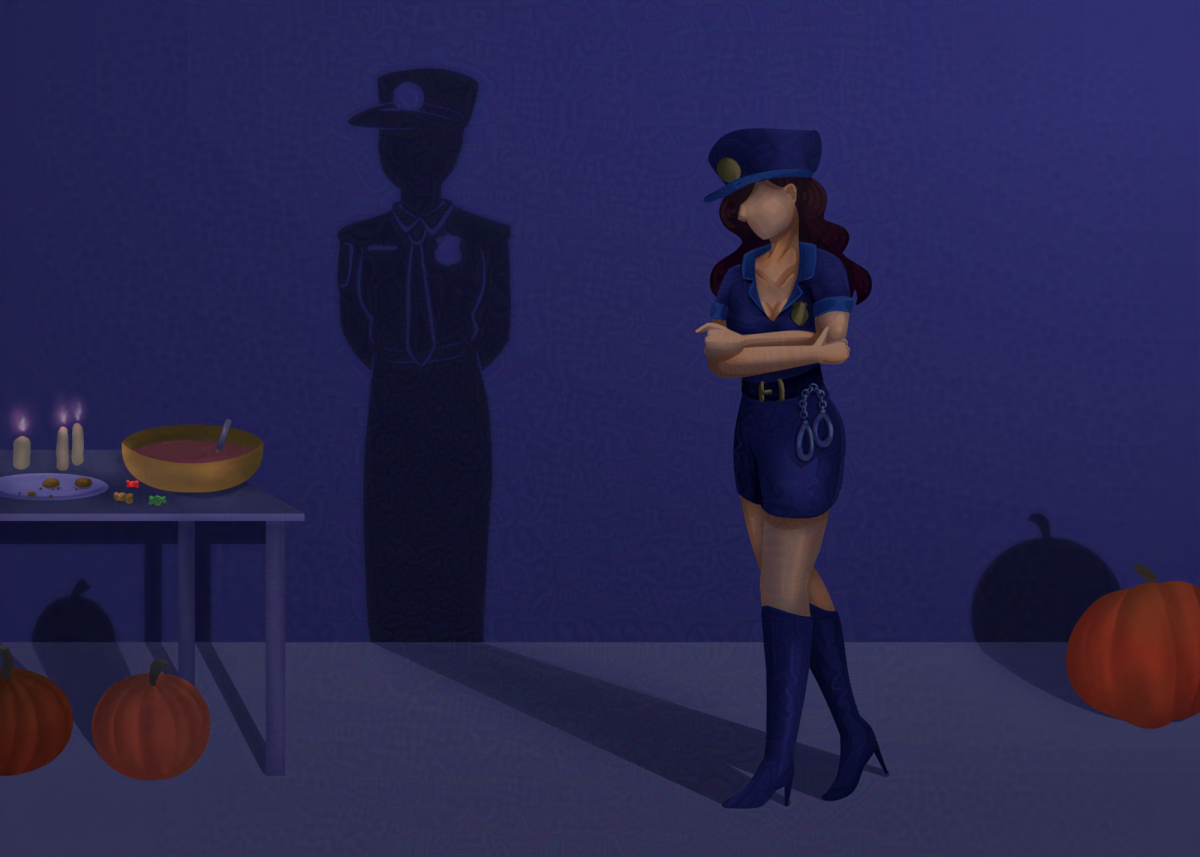Size does matter. Fashion retailers are no strangers to this outdated and offensive ideology. One size doesn’t fit all, and if you don’t fit this mold there’s something wrong with you and your lifestyle. Believe it or not, clothes are direct indicators of an individual’s personality and his or her social status. We don’t wear the clothes, the clothes wear us. As consumers we should have the right to wear the brands we desire and not be limited or singled out because of our body size or the way we look.
The value of a brand and all its glory won’t be tarnished by having a plus-size line in its repertoire. A plus-size addition would invite a new share of individuals who are looking for a brand to call their own. Deny them entrance and they will riot. The body shaming needs to end because the plus-size market that the fashion dictatorships are excluding are the same individuals leaving them for more open-minded, business savvy fashion retailers.
It shouldn’t surprise the fashion industry to know average U.S. men and women don’t fit within the stereotypical good looks and svelte bodies who walk down a runway. Brands have an image to uphold if they want to be recognizable to consumers. However, the misrepresentation of full-figured and plus-size lines are great examples of an industry asking for trouble. It’s important for the head of a fashion house to see the ins and outs of the industry and apply necessary changes when needed. However, CEOs tend to show their true colors when asked who or what their company stands for. Case in point, Abercrombie & Fitch Chairman and CEO Mike Jeffries has ruffled some feathers with his statement that A&F clothing shouldn’t be worn by “certain types of” people and went on to say the brand is only made for an attractive clientele.
Selectivity in fashion isn’t new as retailers target specific individuals to their clothing and lifestyle. This elitism in fashion also shuns individuals who want to associate with a brand but unfortunately don’t fit the mold. A&F never carried a plus-size line; however, in response to the controversy, it has now offered to incorporate one in 2014, according to a New York Post article.
This is another case of crisis control and a company trying to cover its tracks. Consumers are learning the true sentiments many brands feel toward plus-size customers who have moved on from the A&F bandwagon. This shift of fashion exclusivity will not be taken lightly by customers who have felt scrutinized by fashion vendors such as A&F and Lululemon Athletica. Society’s high attention to detail that emphasizes a physical portrayal of beauty excludes plus-size individuals and lets them know they’re not wanted. People are looking for affordable fashions that are plus-size friendly such as those offered by H&M and Forever 21.
San Diego State plus-size men and women are included under the umbrella of fat-shaming here on campus. If not directly expressed by the SDSU Bookstore and Razz, it’s seen through the vendors these retailers choose to carry. Don’t be fooled by the lean bodies walking around campus, there are many students who can’t find the right shirt size and women who wish they could fit in the clothes Razz carries.
Razz, a fashion boutique located inside the SDSU Bookstore, is a carrier of jewelry, handbags and notable fashion vendors such as Billabong and Solo Eyewear. It has determined its prime customer is sized between junior sizes and only occasional larger sizes.
“The problem is, the fashions that I carry is juniors, and they just do small, medium, large.” Razz store manager Stacey Ehlers said. “Every once in a while there can be a large, and extra large. But it just happens that the brands that I carry only do those sizings. So I don’t go to seek extra large or extra extra.”
On campus boutiques should seek a variety of vendors to accommodate every shape and size. Choosing vendors that are selective is a recipe for exclusion that leads to catering to specific individuals who are only tailored for specific brands. Razz should be for all Aztec men and women. Admitting that Razz doesn’t carry a variety of vendors that carry plus-size clothing is important, but actions speak louder than words.
“I don’t try to exclude anyone by any means.” Ehlers said. “It’s just that’s what we offer. Billabong goes small, medium, large. That’s all I can do, you know? I mean, there are some vendors in Los Angeles that do just focus on (plus-size), but then I would have to get all new vendors. I want to stick with what I have and do size ranges with what I have.”
She assured me that plenty of plus-size students make purchases at Razz.
The SDSU Bookstore carries plus sizes in both the male and female departments. It keeps up with trends and values the opinions of students and employees. However, it can only accommodate students based on the size limitations of its vendors.
“The cutoff is based usually on our vendors,” Associate Director for SDSU’s buying group Kathy Brown said. “For men, we run from small to 3XL. Some of the men vendors are just beginning to start bringing 4XL, and those are your Champions, your Russells. You know, the everyday logo stuff you see in there. In womens there’s extra small to 2XL and traditionally that really went from small really to large. Extra small and 2XL have really been introduced probably in the past I wanna say probably two and a half years.”
It’s important to note that the bookstore has acknowledged that it too is tied down by the size limitations of its vendors. The college market is a profitable market because vendors can target both alumni and current students. The bookstore understands that the plus-size market is profitable. Therefore, it should move to bring in vendors that appease to bigger sizes and cuts.
“That’s a tough one for us because we’re limited by our vendors, so if our vendors go up to only 3XL for Champion and they don’t offer a 4XL, we don’t have access to have it made, so we are really limited by the vendor,” Brown said. “Most of the vendors now are recognizing that that’s a bigger market, like Abercrombie is recognizing that that’s a bigger market.”
If the trend of the plus-size market is profitable then it shouldn’t take long for vendors to change gears and move toward larger sizes. Following trends is important, but selectivity is a fashion sin.
“I think our vendors are slowly moving in that direction because really our collegiate vendors follow the trends of outside fashions,” Brown said.
During the interview, there was discussion over plus-size and full figured mannequins on the floor, and the expense for a mannequin comes with monetary adjustments. I learned that a mannequin’s shape and size is determined by the manufacturer and that there’s a standard fit model mannequin that comes in size six. This is one of the reasons why we don’t see plus-size mannequins at the SDSU bookstore. It’s difficult to serve the needs of every customer. The choice has become whether it’s worth it to spend the money to have plus-size mannequins.
“We can’t obviously accommodate all the requests, but we sure try to do the best we can to bring obviously what the students want,” Brown said.






